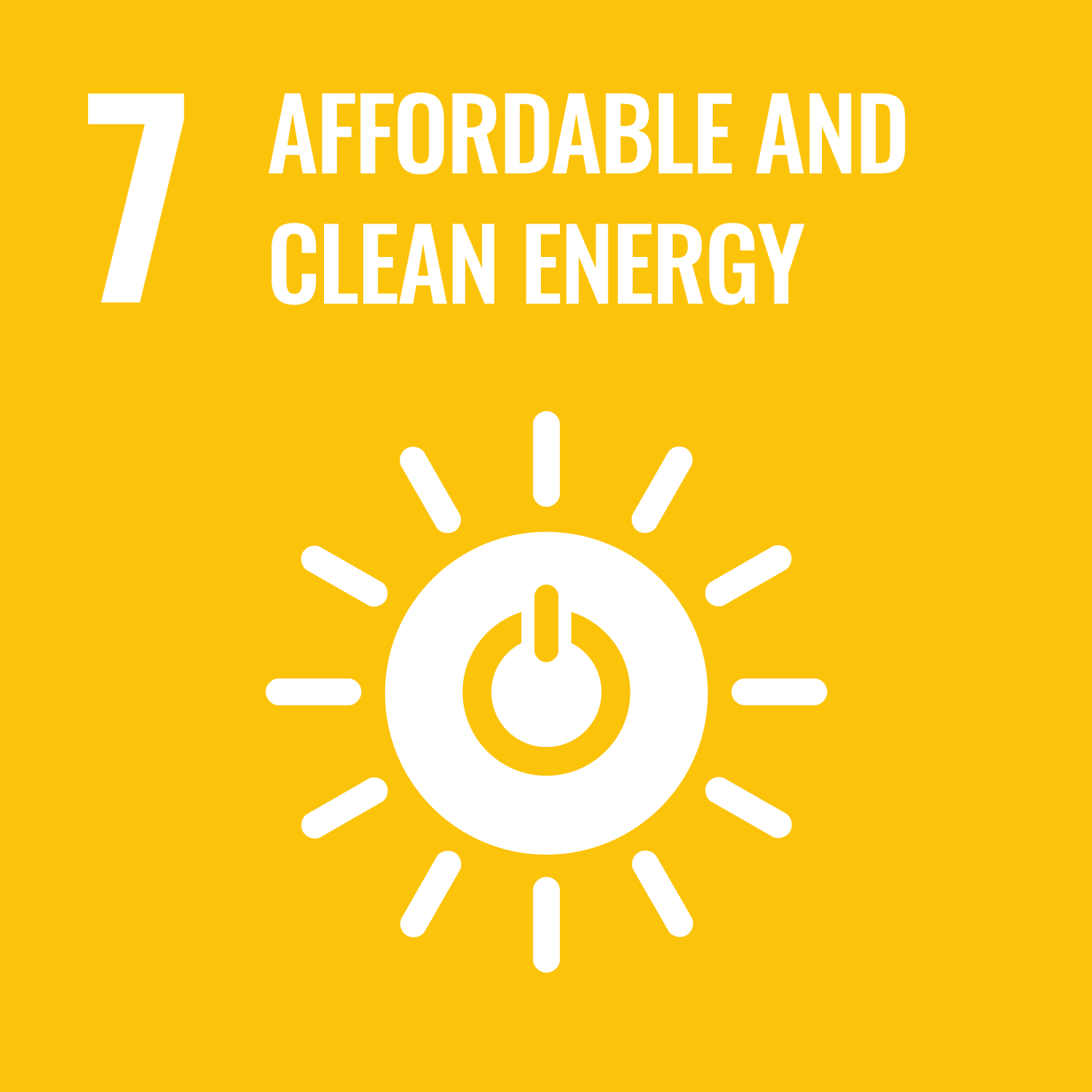Engineering Science & Mechanics
This course will serve as an introduction to the latest research in the field of engineering science and mechanics for students.
The course includes the overview and latest news of the selected 13 topics.
The goal of this course is to let students understand the basis of the research in the field of engineering science and mechanics.
- Students can understand the basis of the research in the field of engineering science and mechanics.
- Students can understand the latest research information in the field of engineering science and mechanics.
- Students can understand the significance of engineering science and mechanics researches.
| Class schedule | HW assignments (Including preparation and review of the class.) | Amount of Time Required | |
|---|---|---|---|
| 1. | NOTE: The order of each topic may change. Lecture for human machine system research field Human machine system research field: In this class, students will learn the research about human machine systems. Students will learn about the control model of human that use the knowledge learned in the class of control engineering, and will learn about research of human machine interface (HMI). Research examples are research using a driving simulator, and students will learn research on the advanced driving assist system and the automated driving system. Students will learn about the research using simulators. |
Students should read textbooks and publications of human machine system research field in advance. | 190minutes |
| 2. | Lecture for computational biomechanics / MEMS (Micro-Electro-Mechanical Systems) research field Computational biomechanics: Biomechanics is mechanics for human body, applying medicine and injury prevention. In this lecture, basis of computational biomechanics is introduced. Then clinical application of biomechanical simulation for cardiovascular disease and its treatment, especially for abdominal aortic aneurysm will be presented. Injury assessment using biomechanical human model is also lectured. MEMS (Micro-Electro-Mechanical Systems) research field; Micro machine engineering is an engineering field that is applied the LSI manufacturing techniques (e.g. photolithography) to fabrication for mechanical machine elements. This research field is called MEMS (Micro- Electro-Mechanical Systems). Although the integrated circuit technology can treats only electrical quantity (i.g. voltage, current, power), the MEMS technology can treats more wider physical quantities; force, displacement, temperature, sound, light and so on. In this class, we learn the basics of the MEMS techniques; device designs, fundamental theories, fabrication methods, evaluation methods and applications. |
Students should read textbooks and publications of computational biomechanics and MEMS (Micro-Electro-Mechanical Systems) research field in advance. | 190minutes |
| 3. | Lecture for thermo-fluid engineering in microscale / oxygen storage materials Thermo-fluid engineering in microscale; Microscale technology has been applied to many technological fields including hermo-fluid engineering. In small scale phenomena in fluid motion and heat transfer, very large gradients of temperature and concentration caused by the small characteristic length of the system can generate many technological merits in newly developed micro devices and equipments. As examples, surface tension driven flows in silicon wafer technology and application of thermal diffusion (Soret effect) in innovative systems will be introduced. Oxygen storage materials; Oxygen storage materials can reversibly absorb and desorb oxygen into/from its crystal structure. Because of the high mobility of oxygen in the crystal structure, OSMs have many applications. They can be used, for example, in three-way catalytic converters or Solid Oxides Fuel Cels, or Pressure/Temperature swing absorption for oxygen generation. During this lecture, I will introduce different oxygen storage materials and show you how the properties of the materials can be controlled by appropriate morphology and chemical modifications. I will explain how the oxygen absorption/adsorption process into/from OSM can be controlled to produce oxygen gas. |
Students should read textbooks and publications of thermo-fluid engineering in microscale and oxygen storage materials in advance. |
190minutes |
| 4. | Lecture for combustion research field / hydrogen storage materials Combustion research field: In this lecture, the phenomena that occurs when an energy is applied to the mixture of fuel and oxidizer will be described first. In addition, hot topics of combustion research on carbonneutral fuels, high-efficiency combustion, etc., will be provided using domestic and overseas journal papers relating to combustion, fuels, engines, etc. Some exercises to deepen understanding will be conducted. Hydrogen storage materials: Hydrogen storage materials, which store hydrogen as hydrogen atoms in their crystal structures, can be one candidate for safe and efficient hydrogen storage methods. In this lecture, I will explain about hydrogen storage from fundamental to application including my research topics. In the hydrogen storage studies, understanding of atomic arrangements is an important knowledge. So I will also explain about crystal structures. |
Students should read textbooks and publications of mechanics of material and system engineering in advance. | 190minutes |
| 5. | Lecture for vibration and acoustic testing with new techniques / material strength Vibration and Acoustic testing with new techniques; We introduce vibration and acoustic tests to design target structures with desired dynamic characteristics such as natural frequencies or acoustic radiation patterns. The dynamic characteristics of the target structures are generally measured by investigating the inputoutput relationship of the target structures. These tests encompass everything from classical approaches to advanced ones which are included laser-induced plasma (LIP) or dielectric elastomer actuator (DEA) techniques. LIP or DEA realizes ideal input sources, resulting in more powerful tests tool. (https://doi.org/10.1016/j.jsv.2019.05.024, https://doi.org/10.1016/j.apacoust.2018.12.032) Material strength: In Material strength laboratory, we are researching about metal fatigue and strength of mechanical joining elements such as bolted joints and revets. Our aim is contributions to safety society through the research of mechanical joining elements. In my section, I introduce why the mechanical joining is important and our research. |
Students should read textbooks and publications of vibration and acoustic testing with new techniques and material strength in advance. | 190minutes |
| 6. | Lecture for direct power generation and perpetual motion machines / (in preparation) Direct power generation and perpetual motion machines: In this lecture I will explain two heat related technologies. Direct thermoelectric conversion technologies and perpetual engine energy conversion technologies. The direct thermoelectric conversion technologies can be actually manufactured such as devices using the Seebeck effect, alkali metal thermoelectric conversion, and thermionic power generation. These power generation principles and applied technologies will be explained in the class. The second half of the lecture explains the perpetual motion machines from heat to work. We have already learned from the first law of thermodynamics in the course of thermodynamics 1 that there is no such machine. The primary goal of this lecture is to learn about renewable energy technologies, climate change and SDGs. After the lecture, the attending students to encouraged to examine their own content in this lecture. |
Students should read textbooks and publications of direct power generation and perpetual motion machines in advance. | 190minutes |
| 7. | Lecture for manufacturing processing / quasicrystals and their hydrogen storage Manufacturing processing: When a metal material is plastically worked, it not only changes its shape, but also its material properties. In manufacturing processing laboratory, we are studying special manufacturing methods, which can achieve desired properties and desired shapes at the same time. This lecture will introduce two themes. Through this lecture, I would like to remind students that materials and processing are deeply related. |
Students should read textbooks and publications of manufacturing processing and quasicrystals and their hydrogen storage in advance. | 190minutes |
| 8. | |||
| Total. | - | - | 1330minutes |
| Reports | Total. | |
|---|---|---|
| 1. | 50% | 50% |
| 2. | 30% | 30% |
| 3. | 20% | 20% |
| Total. | 100% | - |
Grading will be based on reports. Students must submit reports for all of the topics provided in the course.
- on Friday 1310-1450 at each Processor's office
- Course that cultivates a basic self-management skills
| Work experience | Work experience and relevance to the course content if applicable |
|---|---|
| Applicable | 企業における実務経験者の講義を含む |



- 3.GOOD HEALTH AND WELL-BEING
- 7.AFFORDABLE AND CLEAN ENERGY
- 9.INDUSTRY, INNOVATION AND INFRASTRUCTURE
Last modified : Sat Sep 09 05:05:04 JST 2023
